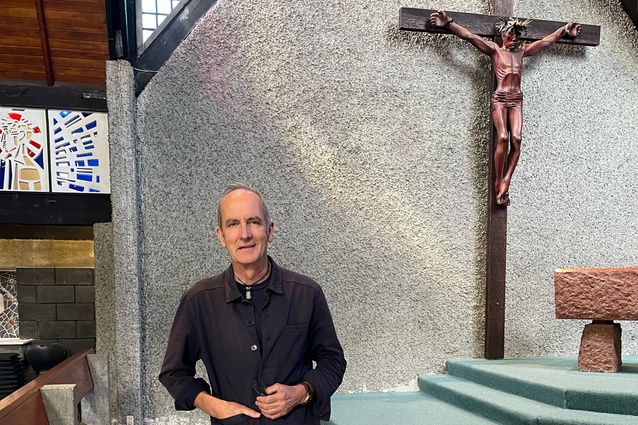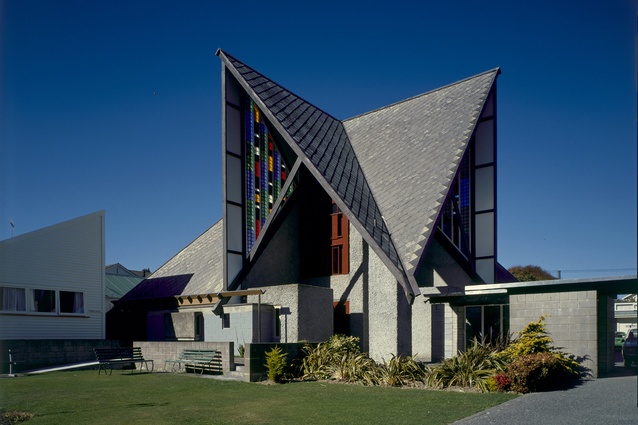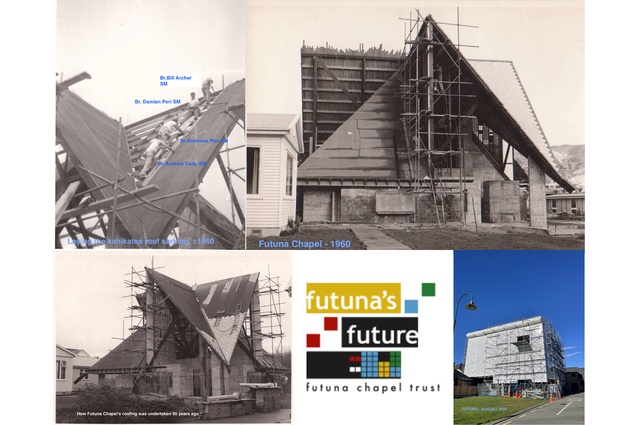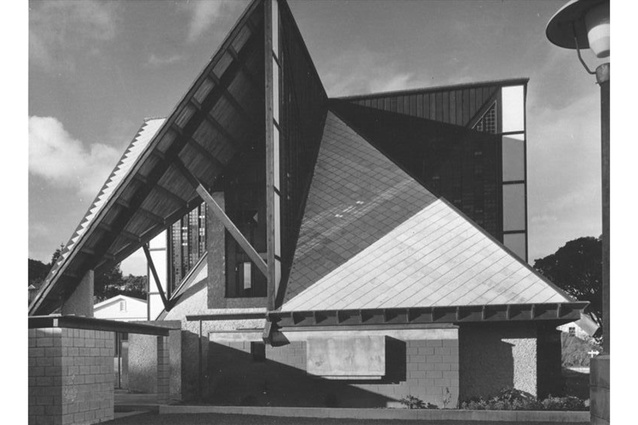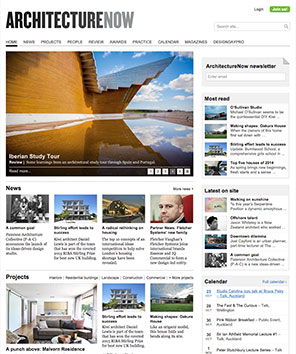Kevin McCloud fronts historic Futuna Chapel restoration
British designer, TV presenter and writer Kevin McCloud is the latest international architect and industry leader to call for support to assist in the preservation of Wellington’s historic Futuna Chapel.
Acclaimed for his work on the popular Grand Designs series, McCloud has lent his support to the call to raise funds for the restoration of the John Scott-designed Chapel, which had previously been left to go to ruin and threatened with demolition by a property developer in 2003. The Chapel was purchased by the Futuna Chapel Trust in 2006 and, since then, has undergone a consistent restoration programme in segments as funds have allowed.
McCloud describes the importance of conserving this historic building as an important piece of architectural history that contributes to the story of New Zealand. “It’s important to look after buildings and to conserve our history,” says McCloud. “Every grain of it has an important value to us and to the next generation because our future is based on the knowledge and understanding of our past.”
McCloud also points out that it’s important to ensure that these beautiful buildings continue to find a use and the Futuna Chapel currently hosts a wide variety of musical performances, lectures, exhibitions and weddings – “the building is alive!”
Working under urgency, the Futuna Chapel Trust has devoted 10 years of savings to begin restoring the Chapel, which has suffered from significant leaks and degradation over time.
“We have already invested close to $700,000 to start work on restoring the Chapel but we urgently need more funds – close to $600,000 – to cover the rest of the restoration,” says Chapel Chair Ian Pike.
“In short, the integrity of the building is under threat. The restoration project is to replace the failing roof tiles with new ceramic tiles, fabricated by water jet cutting them from Laminam sheets. These tiles will replicate, yet be significantly superior to, the original white fibre cement asbestos tiles used on the original roof in 1961.”
Along with the roof restoration, the iconic coloured acrylic windows which cast unique colours throughout the Chapel will also be restored and strengthened.
“The Chapel is at that point where architectural pundits, experts and passionate enthusiasts are beginning to look at the building as an important piece of architectural history that contributes to the story of New Zealand,” says McCloud.
To cover the remaining costs of restoring the Chapel, Futuna Chapel Trust is inviting supporters to gift roof tiles or cash by visiting the Trust website here.
futunatrust.org.nz/futunas-future/
Additional information
Commissioned by the Society of Mary, Futuna Chapel was designed by New Zealand architect John Scott in 1958 and built entirely by hand by lay Brothers of the Society of Mary. Scott’s modernist, geometric design combined Māori and European influences, such as from the French modernist architect Le Corbusier. The Māori influence can be observed in such features as the large centre pole (pou) and the extended sloping eaves (much like a wharenui). According to architectural historian and author Dr Russell Walden, in his book Voices of Silence (1987), Futuna Chapel is one of very few examples of a truly indigenous New Zealand architecture; a building that embraces both Māori and Pakeha traditions values.
It was registered as a Category 1 historic place by Heritage New Zealand in 1994.
The Chapel received the NZIA Gold Medal in 1968, the inaugural NZIA Enduring Award for Architecture in 1986 and, in 1999, John Scott was awarded the NZIA Gold Medal posthumously in recognition of the body of work he produced. The citation included the following words… “his work will continue to influence architecture in New Zealand for generations to come. Both the architect and his architecture embraced the joys and humanity of living”.
For further information contact:
Nick Bevin
nickbevin@gmail.com
0274 453 710

